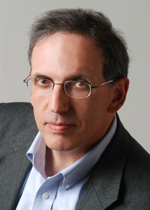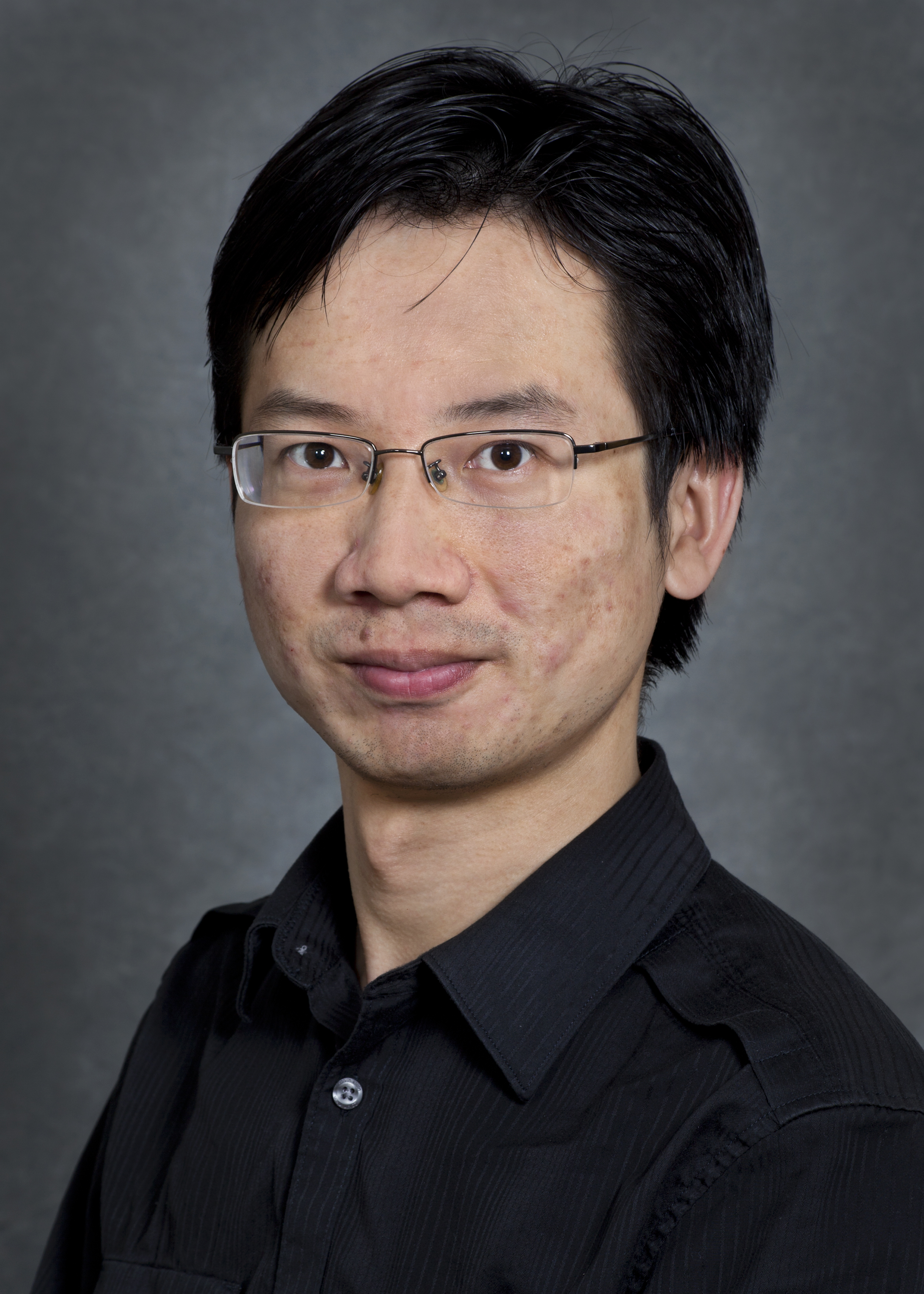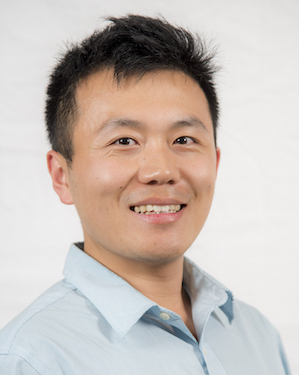|
|
|
Morning session
- Fast and Reliable Power-Flow Service for Cooperative Building Microgrids | abstract
In the context of environmental pollution caused by conventional thermal power generation and the need for sustainable energy supply, the future of electrical grids are unequivocally dependent on interconnected distributed generations based on renewable energy sources. Modern buildings, through their local installations of photovoltaic panels, are becoming part of the paradigm shift where consumers can become prosumers. But the inherent nature of intermittency and high variability of the renewables results in misalignment between the pattern of power generation and the pattern of consumption. This issue can be mitigated by pooling of the energy sources through cooperation of multiple building grids. Under an intelligent management system, the resilience of interconnected microgrids would become higher compared to an individual building grid, since the aggregate storage/generation capacities would increase significantly. This but poses the challenge of taking fast automated decisions based on power-flow computations, so that the stability of the interconnected microgrid is maintained and the supply is kept uninterrupted. The crucial aspect here is to provide fast and reliable computation of nodal voltages in the microgrid for rapidly changing loads and generations. Existing methods such as Newton-Raphson algorithms have mathematical impediments which make them unsuitable for this intelligent energy distribution management. A power-flow service that can operate in near real-time mode, based on conclusive holomorphic analyses, is applied in this paper to test-systems and also to demonstrate the suitability of the algorithm in building grids. It is also indicative of the need for revision of tools in achieving smarter grids.
Session 1: Building as Smart Consumers (Chair: Therese Peffer)
- Keynote 3: Therese Peffer. People Inside! How sensors can provide comfort and convenience AND deliver energy savings | abstract
The Internet of Things provides many devices that can improve occupant comfort and productivity in buildings, such as heated/cooled chairs, smart plugstrips, and carbon dioxide sensors. This talk will outline several examples of nimbly integrating sensors with building system controls to improve the indoor environmental quality for the people inside.
- Human Thermal Comfort Estimation in Indoor Space by Crowd Sensing
Afternoon session
Session 2: Building as Smart Partners (Chair: Johanna Mathieu)
- Keynote 4: Johanna Mathieu. Engaging distributed flexible electric loads in power system operation | abstract
Actively engaging flexible electric loads in power systems operation can reduce the inefficiency, cost, and environmental impact of the system. However, the sensing and communication requirements of many existing algorithms to schedule and control distributed loads are significant, and would be expensive to implement. In this talk I will describe our efforts to infer the behavior (models, states, and outputs) of aggregations of electric loads from incomplete measurements, and how our results enable real-time control and optimal reserve scheduling.
- Dynamic data center load response to electricity grid pricing variability
- Automated Generation Method of Recommendation for Effective Energy Utilization as a HEMS Service
- A Remote Condition Monitoring and Health Prognosis System for a Stand Alone Micro-Grid with Photovoltaics and Battery Bank | abstract
For an existing micro-grid, the monitoring system design has become a challenge. The principles for such a monitoring system can be as simple as two aspects. The first one is to minimize the interaction between the micro-grid and the monitoring system. And the second one is to maximize the monitoring scope. Based on it, a remote condition monitoring and health prognosissystem (CMHPS) is proposed in this paper. The installation of the proposed CMHPS requires no interruption of the operation ofthe micro-grid. As an existing micro-grid, the operation and protection has been established already. Therefore, the CMHPS canbe a system contains no control algorithms for the micro-grid. In order to maximize the monitoring scope, the CMHPS will lookinto the cell level of the batteries and module level of the PV panels. And the power flow measurements of the entire micro-grid willbe synchronized for tiny angle measurement. By doing this, the prognosis of the health condition of the micro-grid system, eachmodule of the PV panels and each cell of the batteries can be achieved.
- Integrating Distributed Energy System in Smart Buildings and Districts | abstract
Distributed energy system has been widely used in buildings and campus scale energy solutions. However, few application has considered the integration of different distributed energy technologies in a way to maximize system level efficiency and minimize cost. The presentation demonstrates how to use LBNL developed tools to solve the selection of distributed technologies in district application to serve individual buildings. Models are also applied to solve district energy system operation to optimize campus scale energy efficiency and participate grid level ancillary service.
|
|

|
Prof. Costas Spanos is the Andrew S. Grove Distinguished Professor of Electrical Engineering and Computer Sciences at UC Berkeley, and the Director of CITRIS and the Banatao Institute. In 1988, Spanos joined the faculty at UC Berkeley, where he has served as Department Chair of Electrical Engineering and Computer Sciences, the Associate Dean for Research, and the CEO of the Berkeley Educational Alliance for Research in Singapore. He has been using statistical data mining techniques for energy efficiency applications, and is the leader of the Singapore-based SinBerBEST project, focusing on energy efficient buildings. |

|
Dr. Wei Feng is a Sr. Scientific Engineering Associate at Lawrence Berkeley National Laboratory (LBNL). His research focuses on building energy efficiency, building energy simulation, distributed energy system in buildings and communities, building codes and standards. Prior to joining LBNL, he worked in building control industry in China focusing on building system control for energy efficiency, performance measurement, diagnosis and commissioning. In the U.S., his previous research interests include built environment modeling and simulation, indoor environmental quality measurement etc. |

|
Prof. Sanjib Kumar Panda has been holding a faculty position in the Department of Electrical and Computer Engineering, National University of Singapore since 1992, and currently serving as an Associate Professor and Director of the Power & Energy Research Area. Dr. Panda has published more than 200 peer-reviewed research papers, co-authored one book and contributed to several book chapters and six patents. His research interests include high-performance control of motor drives and power electronic converters, condition monitoring and condition based maintenance, building energy efficiency. |

|
Prof. Johanna Mathieu is an assistant professor in the Department of Electrical Engineering and Computer Science at the University of Michigan. Her research focuses on ways to reduce the environmental impact, cost, and inefficiency of electric power systems via new operational and control strategies. She is particularly interested in developing new methods to actively engage distributed flexible resources such as energy storage, electric loads, and distributed renewable resources in power system operation. This is especially important in power systems with high penetrations of wind and solar. |

|
Dr. Therese Peffer is the program Director for CIEE's Enabling Technologies program. She works on Demand Response, Smart Grid, and "Building-to-Grid" research projects. She also serves as an Associate Director for i4Energy, the University of California's research collaborative between CIEE, the Center for Information Technology Research in the Interest of Society (CITRIS), and the Lawrence Berkeley National Laboratory. Her research interests include energy consumption displays, thermostats, and consumer behavior, and other user interface usability research. |
|
|
|
|

Email: jinming@berkeley.edu Address: 406 Cory Hall, University of California, Berkeley, CA 94720, USA |

Email: ruoxijia@berkeley.edu Address: 406 Cory Hall, University of California, Berkeley, CA 94720, USA |

Email: spanos@berkeley.edu Address: 510 Cory Hall, University of California, Berkeley, CA 94720, USA |
|
|
